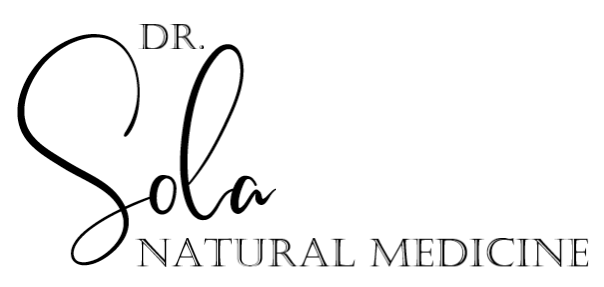
Actaea racemosa
Other Botanical Names: Cimifuga racemosa
Common Name: Black cohosh
Family: Ranunculaceae (Buttercup family)
Parts used: Root
Constituents: Triterpene glycosides (saponins), simple acids (isoferulic acid)
Taste/smell: Bitter, sharp, spicy, acrid
Actions
Uterine Tonic
Serotonergic
Parturifacient
Antirheumatic
Spasmolytic
Nervine
Sedative
Diaphoretic
Digestive stimulant
Mild expectorant
Peripheral vasodilator
Hypotensive
Anti-inflammatory
Diuretic
Analgesic
Uses
Uterine Tonic:
Amenorrhea
Oligomenorrhea
Dysmenorrhea
PMS: menstrual cramps
Menopause
Post-hysterectomy
Endometriosis
Infertility (female)
Serotonergic:
Depression (menopausal)
Parturifacient:
Threatened miscarriage
Premature labor
Antirheumatic:
Rheumatism
Rheumatoid arthritis (RA)
Osteoarthritis (OA)
Spasmolytic:
Myalgia
Sciatica
Analgesic:
Migraines
Joint inflammation
Mental Picture and Specifics
Consider black cohosh when there are spasms, achy pains, chilliness, fevers, nervous system irritation or excitement, depression of a deep, dark, brooding, withdrawn and heavy nature, incessant talking, and neuralgia. It is specific for headaches in the late luteal phase associated with low estrogen levels. Many symptoms are worse in the morning, during menses, and with cold applications. Symptoms are better with warmth and after eating. Black cohosh is indicated for traumas to the nervous system that create congestion and pain. These traumas can be physical such as in a car accident or mental/emotional such as sexual abuse of children where there may or may not be physical trauma, but there is almost always mental/emotional trauma.
Contraindications
Early pregnancy (first trimester) due to its emmenagogue effect
Lactation
Adverse Effects
Usually none
Nausea and vomiting
Sedation
Blurred or dimmed vision
Bradycardia
Hypotension
Dizziness
Headache
Toxicity
Minimal to none
Interactions
None known
References:
Brinker, Francis J. Herbal Contraindications and Drug Interactions plus: Herbal Adjuncts with Medicines. Eclectic Medical Publications, 2010.
Kaufmann, Taylor. NPLEX II Study Guide. Wild Brilliance Press, 2019.
Lun, Vincent, et al. Core Knowledge for NPLEX 2. 1st ed., Marano Publishing Incorporated, 2014.
Marciano, Marisa, and Nikita A. Vizniak. Evidence Informed Botanical Medicine. Professional Health Systems Inc., 2015.
Sherman, John. The Complete Botanical Prescriber. Four Seasons Pub.
Skenderi, Gazmend. Herbal Vade Mecum: 800 Herbs, Spices, Essential Oils, Lipids, Etc., Constituents, Properties, Uses, and Caution. Herbacy Press, 2004.
Tilgner, Sharol. Herbal Medicine: From the Heart of the Earth. Wise Acres, 2020.







